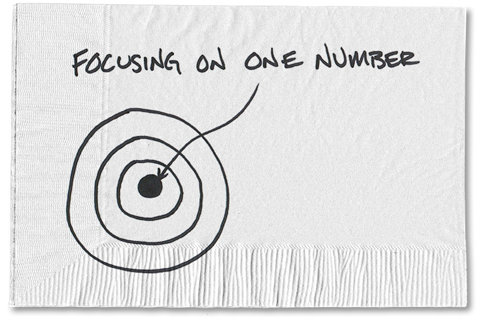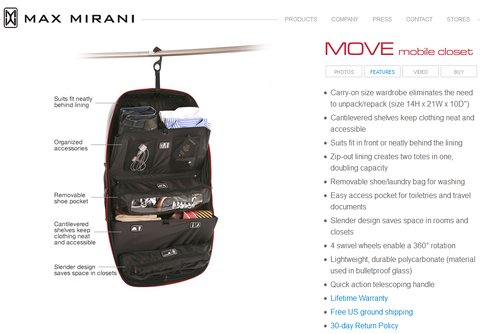Staying Alive
The struggles of a business trying to survive.
Editor’s note: This week, Paul Downs is writing a series of posts about his decision to hire a sales consultant.
A year ago I was in the middle of a collapse in sales, which caused me a great deal of anguish and led me to try a number of solutions. In the fall, I wrote about puzzling through the reasons for the slump and my putting a solution in place. At the time, I believed the problem resulted from a change I had made in my Google AdWords marketing and that the solution was to restructure my campaigns.
I still think that AdWords was an important contributor to the problem, but I am now convinced that the real solution came from another change I made, one I gave short shrift in my first look at the situation. In June of last year, I hired a sales consultant to provide a critical evaluation of our selling methods, to suggest changes and to work with us to carry out those recommendations. The contract for that work has just expired, and I’d like to share my thoughts on why we hired a consultant, what we learned about selling and whether I should renew the consultant’s contract.
I should start by pointing out the obvious: the solution to a shortfall in sales is — wait for it — more sales. And for me, it was not just about returning to the right number and type of inquiries but actually closing deals at an acceptable rate. Fixing my AdWords campaign did restore the number and type of customer calls we got. But to declare that that was the whole solution to our problem is to ignore what happens after an inquiry is received.
In our case, closing a deal involves a lot more than picking up the phone. We make an expensive custom product, conference tables. We need to inspire enough confidence in our customers that they will send us large amounts of money for a product before it even exists. And so we have a complex process that we use to convert a curious caller into a committed buyer. I ignored all of that when I wrote about AdWords — in part because I was still figuring out what we were doing wrong and how we could do it better.
Here’s a quick recap of our sales process at the time the trouble started. Inquiries were coming to us in two forms: as an e-mail or a phone call. In either case our response was the same. We would ask a series of technical questions meant to reveal the functional aspects of the potential client’s table needs. We wanted to learn the desired size, the anticipated number of users, the size of the room, the wiring requirements and whether we were matching any existing furniture. We would also ask about the budget.
If we received answers, we prepared a proposal. This was a pdf document that contained images of the options we recommended and information on wood choices, power/data options and pricing. These proposals were impressive. We saw them as a good way to demonstrate our engineering skills and craftsmanship, and they took advantage of all of the advances in software and communications that had become available to us. I had developed the format myself, and we had used it to good effect, with more than $16 million in sales since 2003.
I had also developed a game plan for the proposal that, in retrospect, was more a reflection of my own inclinations than a rationally thought out method. Keep in mind that I had started out at the bench, making furniture, and that making things is in my blood. I learned to sell only because it was a way to keep working. But I soon found that I had some talent for it — I’m a smooth talker, when I need to be. By 1992, I had stopped working at the bench and for the next 20 years I spent most of my time selling. I found that I enjoyed meeting new people, showing them what we could do for them and closing deals.
For many years the volume of incoming business was manageable, but in the period that has followed 2010, as we recovered from the recession, increasing call volume strained my capacity to keep up. So I developed an assembly-line method of writing proposals: ask questions, design like crazy and send them off. Next!
When I promoted one of my bench guys, Nathan Rossman, to sales representative, I taught him the same method. And when I added another sales rep, Don Wuest, a year later, he worked in the same manner. We were brilliant at responding to requests, but we did no follow-up. The funny thing is that it was working. At least it was until it wasn’t.
Tuesday: Our Sales Process Stops Working
Paul Downs founded Paul Downs Cabinetmakers in 1986. It is based outside Philadelphia.
Article source: http://boss.blogs.nytimes.com/2013/06/17/why-we-hired-a-sales-consultant/?partner=rss&emc=rss




